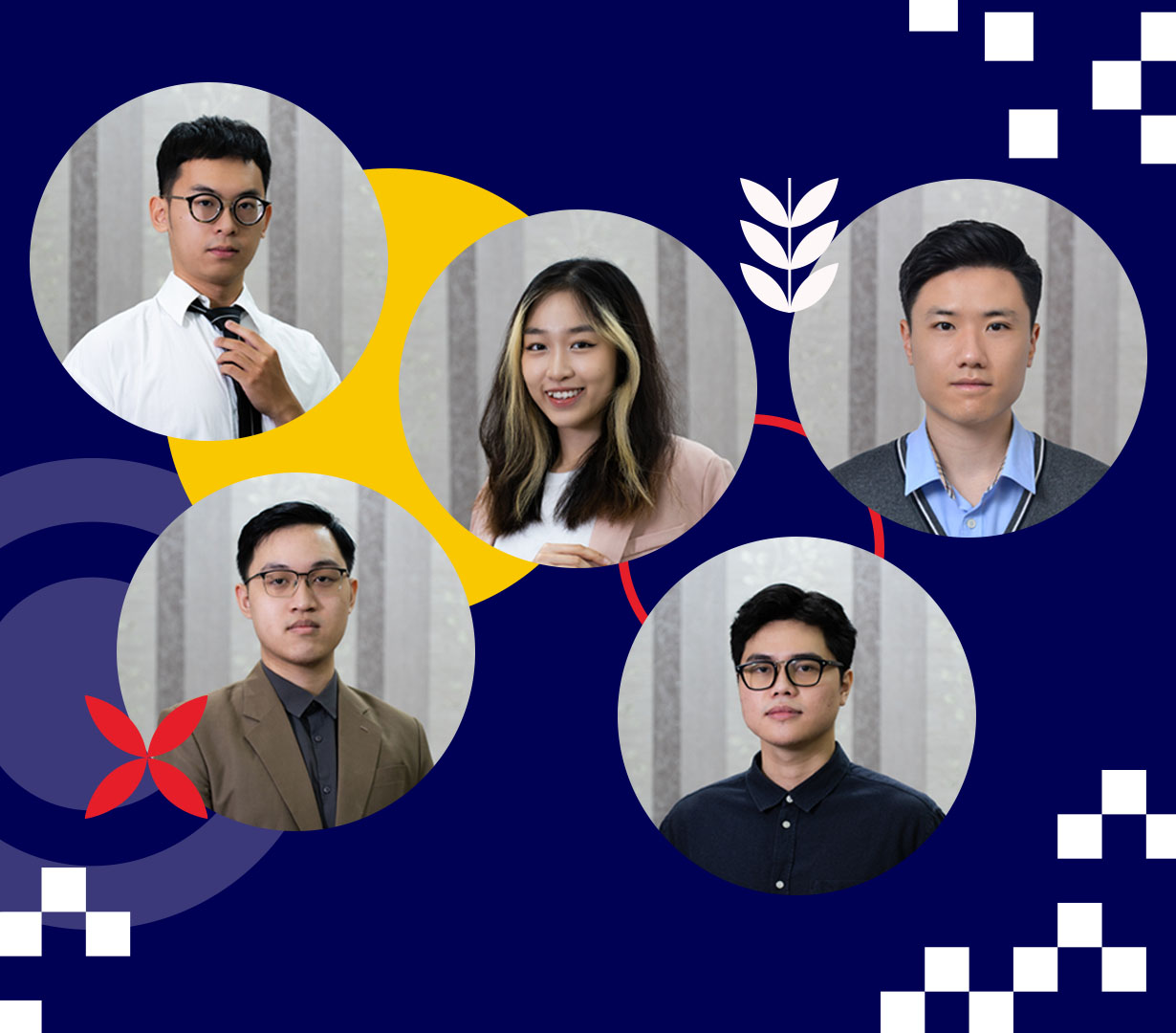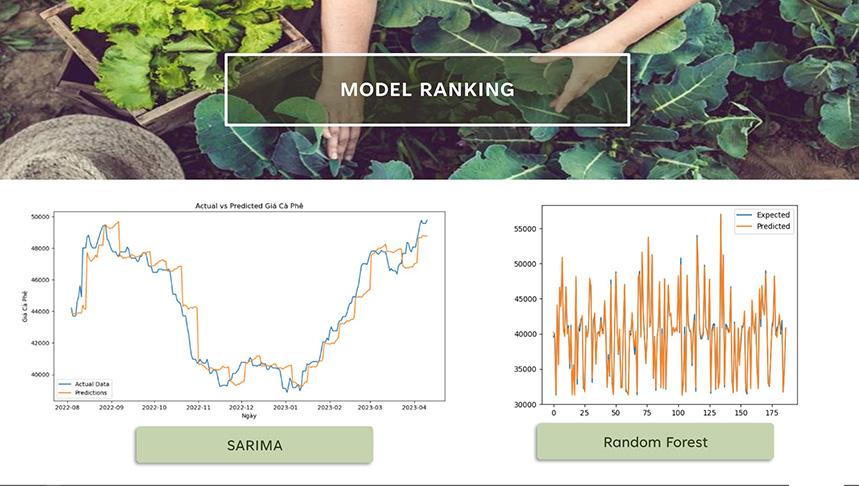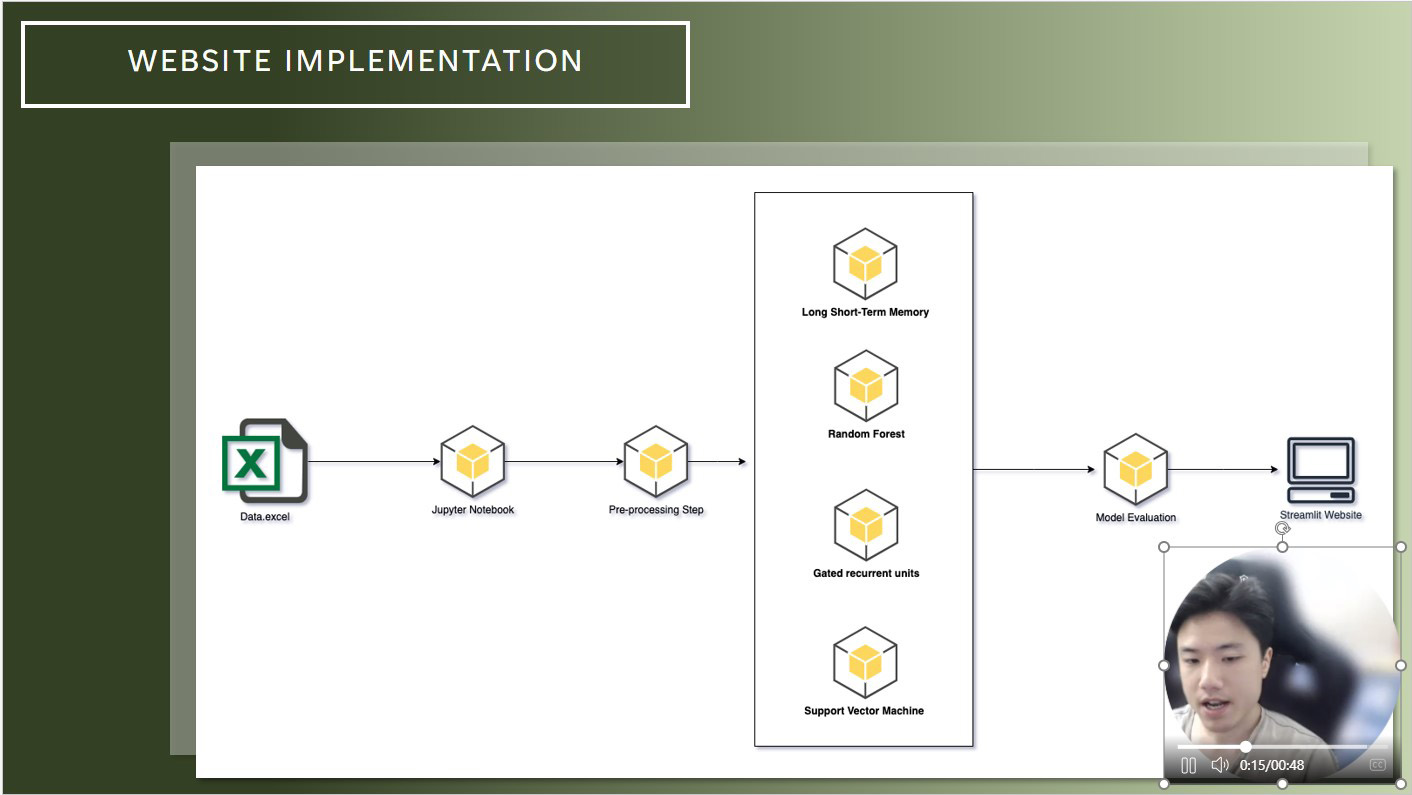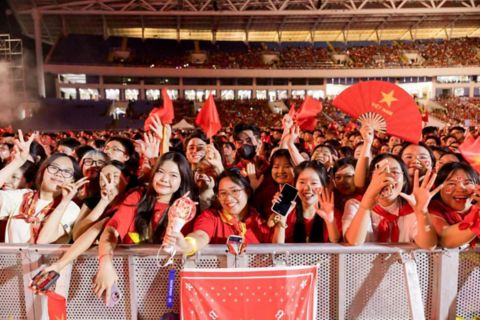“It can incorporate richer dataset and handle nonlinear relationship.
“Additionally, fuel prices were found to be a significant predictor and outperformed across all other tested feature combinations.”
The team highlighted that the model has the potential to be continuously improved by studying and adding to the impact of crop yields, market trends and geopolitical events on the prices of agricultural products.
Each team member faced different challenges during their project, such as lack of deep understanding of various ML models, effectively conveying the complexities of their work to the AI domain, or time management and communication while being physically distant from their teammates. However, by investing considerable time in research, delving into AI and ML papers, and enhancing their technical skills and project coordination, they improved their AI research skills for real-world problems and potentially develop their research into practical products.
“Our primary challenge centred around data collection and integration,” Thuan said.
“While model development was straightforward, the substantial time invested in acquiring and incorporating data posed a significant hurdle.
“Each team member navigated a steep learning curve in both technical skills and project coordination. The process involved extensive research activities, fostering innovation and the creation of new solutions.”
Nam worked remotely from Hanoi and has had a full-time job while conducting the research. To prevent a potential slowdown and disruption in communication, Nam said the team established weekly meetings and maintained constant communication, motivating each other to stay on track and successfully tackle the workload.
The capstone project was closely supervised by the lecturers from the School of Science, Engineering & Technology, RMIT Vietnam. Its results were recently presented at a prestigious conference - The 8th IEEE/ACIS International Conference on Big Data, Cloud Computing, and Data Science Engineering (BCD 2023) - together with the established researchers, scientists, engineers, industry practitioners in the field of Big Data, Cloud Computing, and Data Science.






